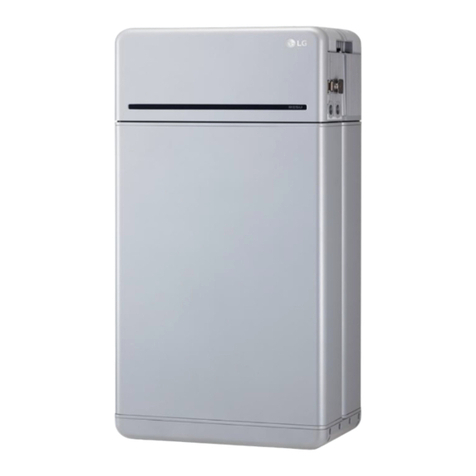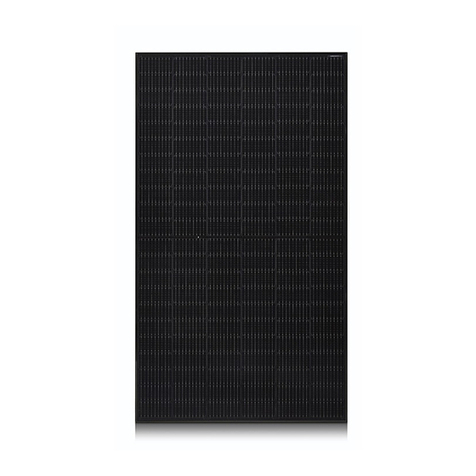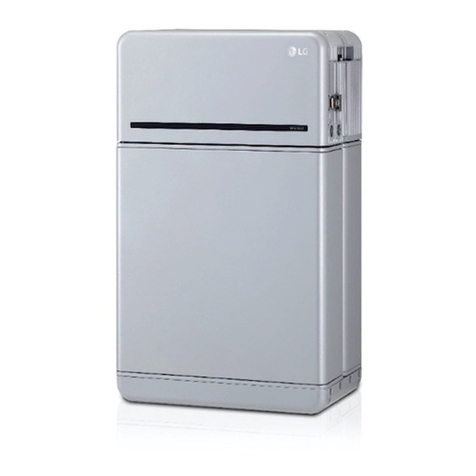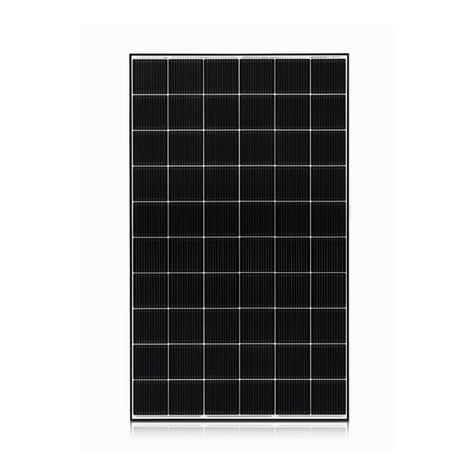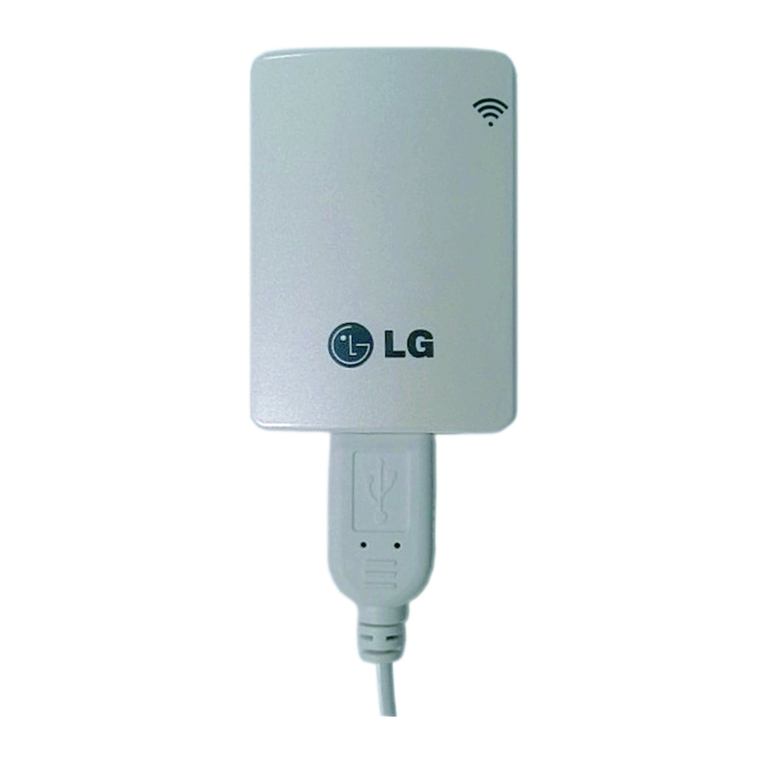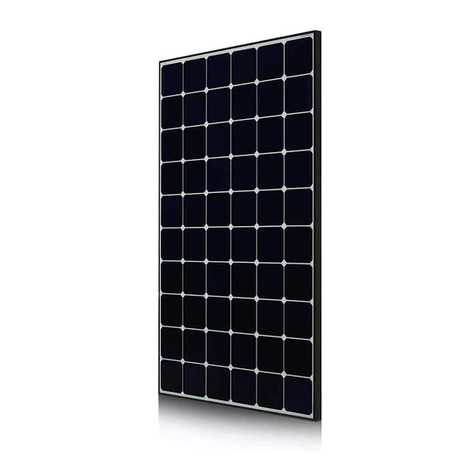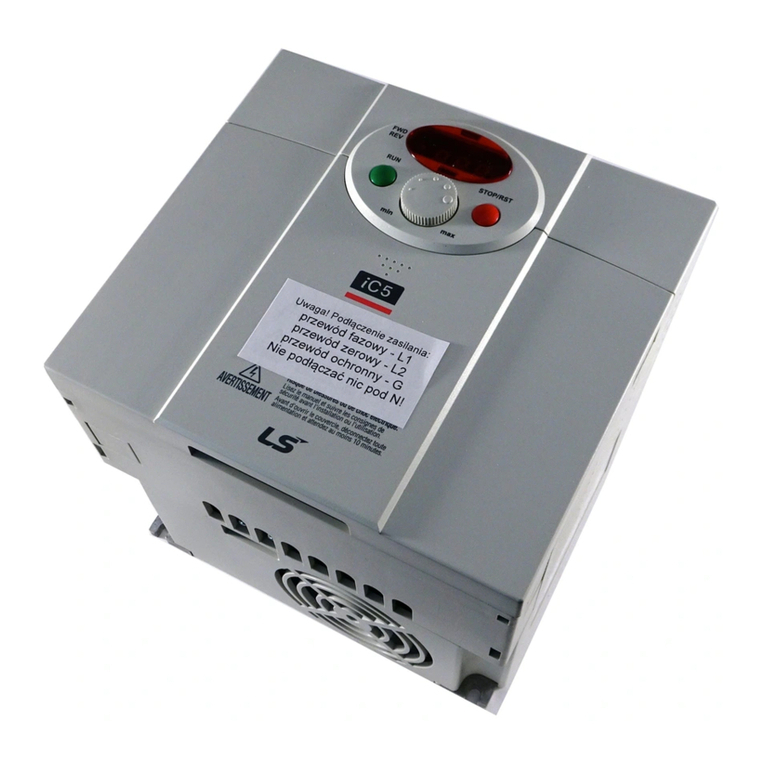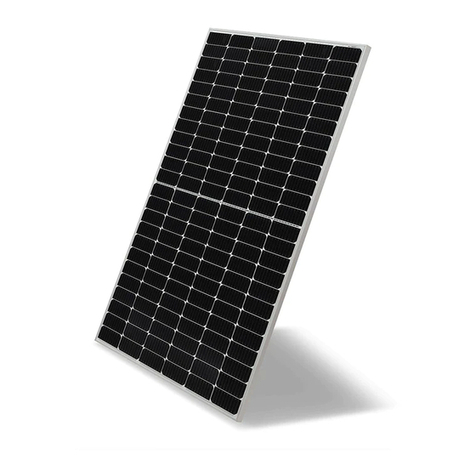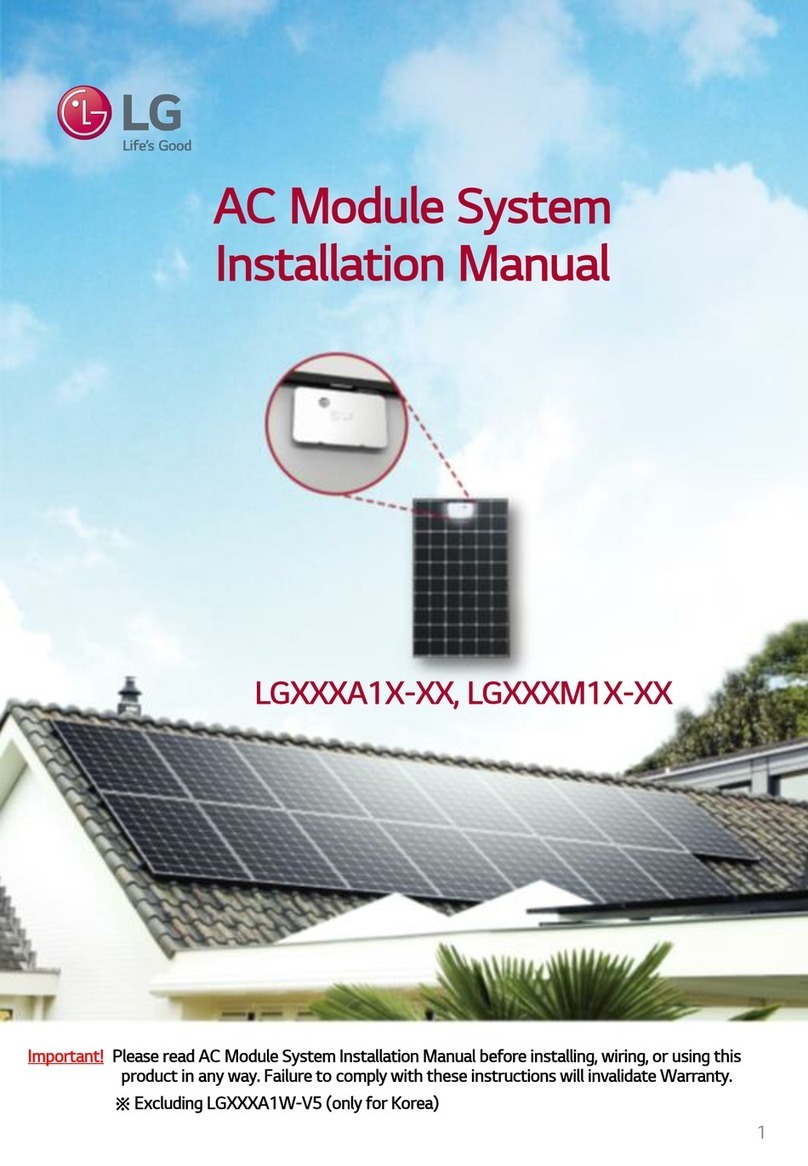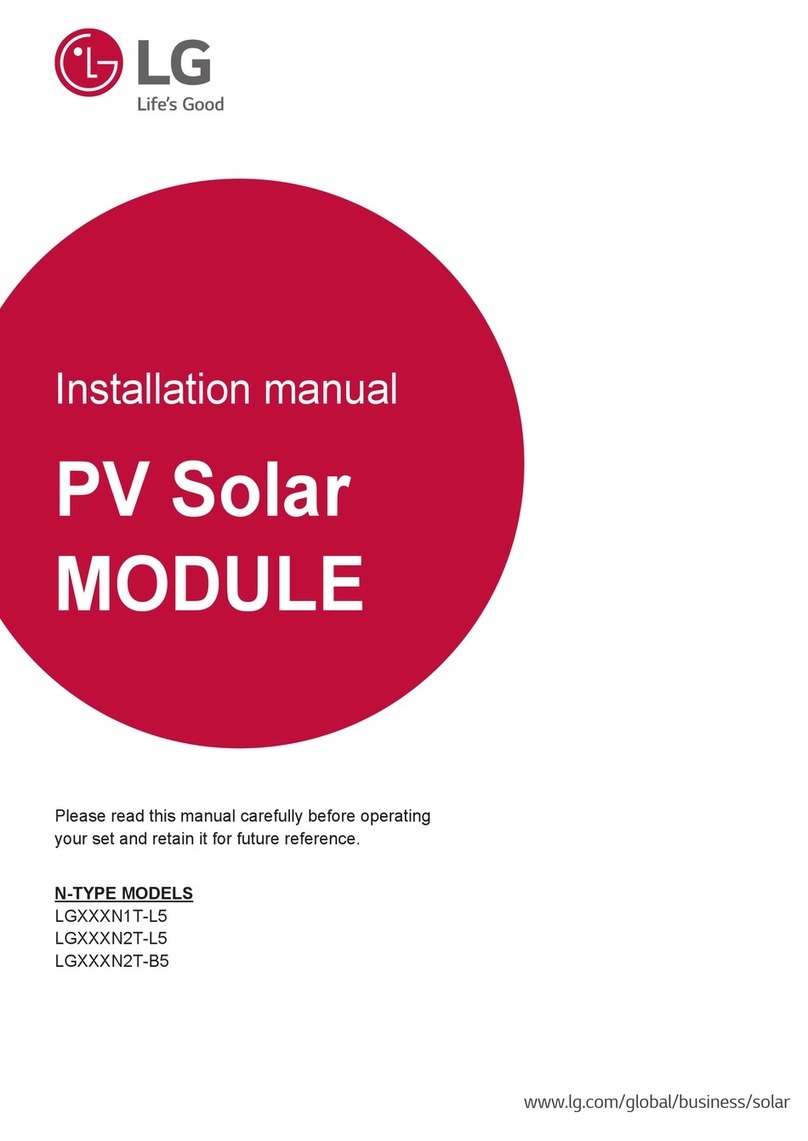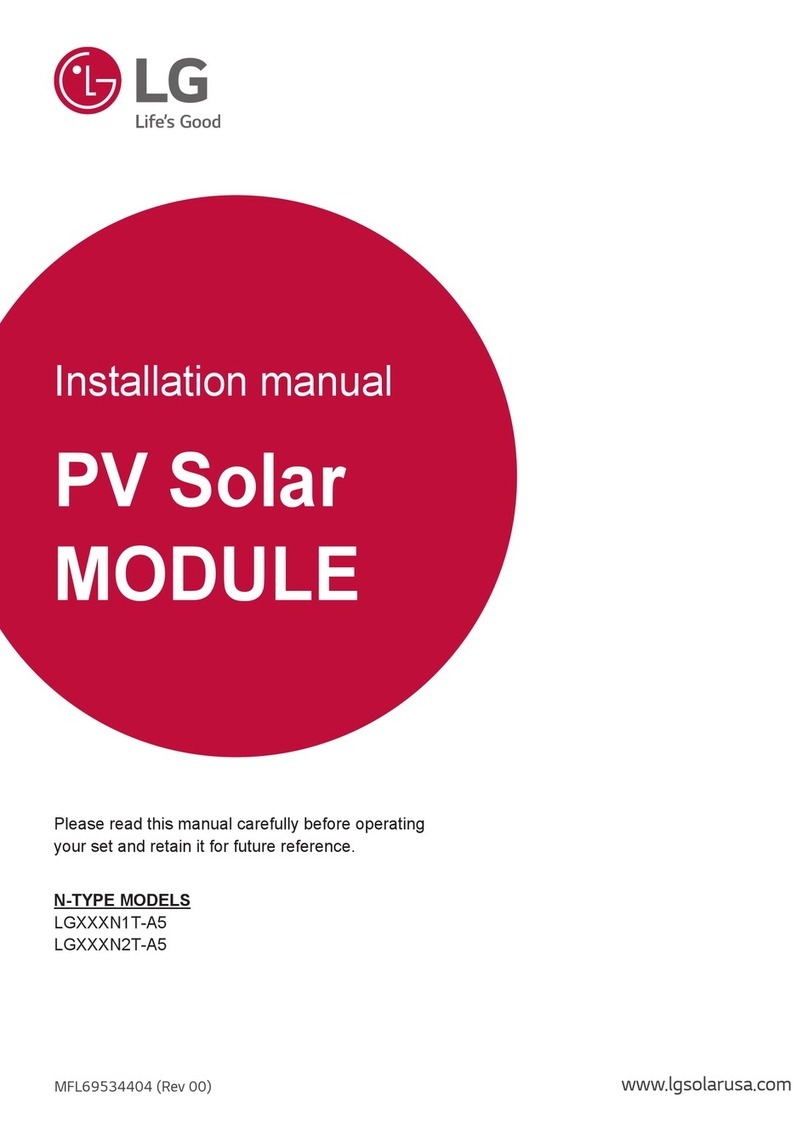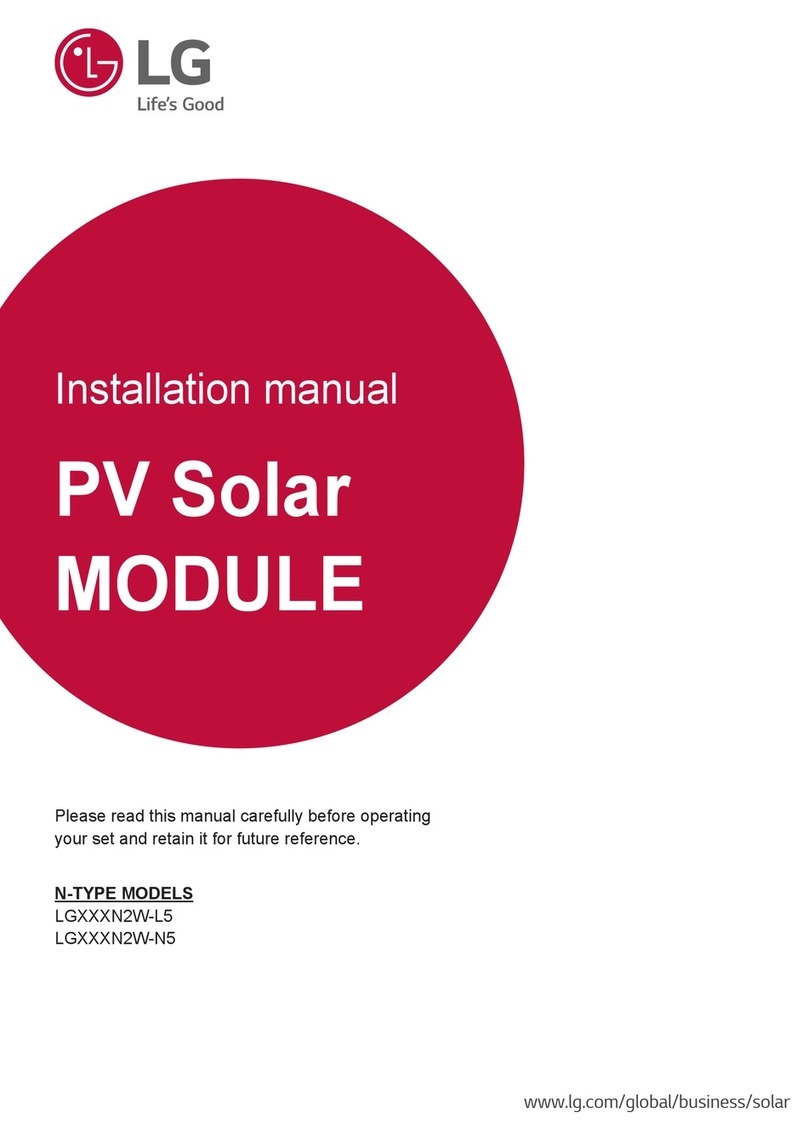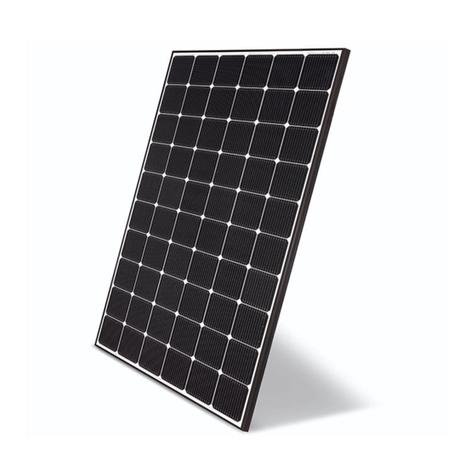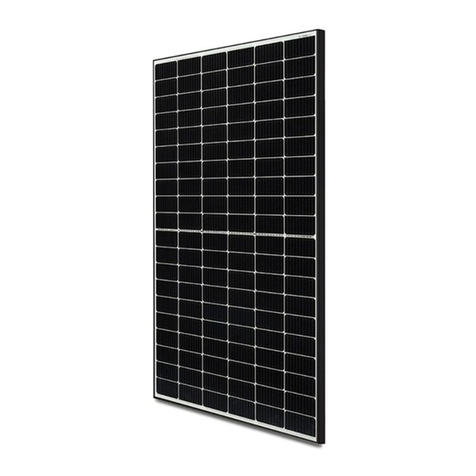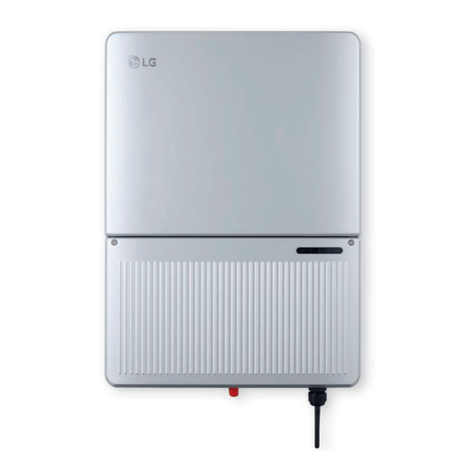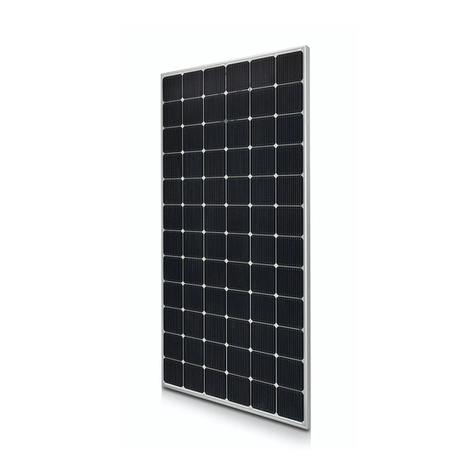
8
Aviso legal general
• La información contenida en la presente guía de instalación
rápida puede cambiar debido a actualizaciones del producto
u otros motivos. Esta guía no puede sustituir a las etiquetas
del producto ni a las precauciones de seguridad del manual
del usuario, a no ser que se especique otra cosa. Todas las
descripciones aquí realizadas tienen únicamente nes de guía.
• Antes de instalar, lea la totalidad de la guía de instalación
rápida. Para obtener información adicional, consulte el manual
del usuario.
• Todas las operaciones deben ser llevadas a cabo por técnicos
formados y con conocimientos que estén familiarizados con los
estándares y normas de seguridad locales.
• Compruebe los productos suministrados para vericar que
el modelo sea correcto, los contenidos estén completos y su
aspecto sea el de un producto intacto. Póngase en contacto
con el fabricante si se encuentra algún daño o si falta algún
componente.
• Para garantizar la seguridad personal, utilice herramientas
aislantes y equipo de protección individual cuando utilice el
equipo. Utilice guantes, ropa y muñequeras antiestáticos
cuando toque dispositivos electrónicos para proteger el
inversor de posibles daños. El fabricante no se responsabiliza
de los daños provocados por electricidad estática.
• Siga con exactitud las instrucciones de instalación, uso y
conguración de esta guía y este manual del usuario. El
fabricante no será responsable de los daños del equipo o las
lesiones si no sigue las instrucciones.
Aviso legal de seguridad
Advertencia
Seguridad de los paneles fotovoltaicos:
1. Asegúrese de que los bastidores de los componentes y el
sistema de soportes estén bien conectados a tierra.
2. Conecte los cables de CC utilizando los conectores
fotovoltaicos suministrados. El fabricante no se responsabiliza
de los daños del equipo si se utilizan otros conectores.
3. Asegúrese de que los cables de CC estén conectados con
rmeza, correctamente y de forma segura. Un cableado
inadecuado puede provocar malos contactos o altas
impedancias y provocar daños en el inversor.
4. Mida el cable de CC con un multímetro para evitar la conexión
con polaridad inversa. Además, la tensión debe estar por
debajo de la tensión máxima de entrada de CC. El fabricante
no se hace responsable de los daños provocados por conexión
inversa y tensión extremadamente alta.
5. Las cadenas fotovoltaicas no pueden conectarse a tierra.
Asegúrese de que la resistencia de aislamiento mínima de la
cadena fotovoltaica con respecto a la conexión a tierra cumple
los requisitos de resistencia de aislamiento mínima antes de
conectar la cadena fotovoltaica al inversor.
R = Máx. tensión de entrada/30 mA.
6. Los módulos fotovoltaicos utilizados con el inversor deben
tener una clasicación IEC61730 de clase A.
Seguridad del inversor:
1. La tensión y la frecuencia en el punto de conexión deben
cumplir los requisitos de la red.
2. Se recomienda instalar dispositivos de protección
adicionales, como disyuntores o fusibles, en el lado de CA. La
especicación del dispositivo de protección debe ser al menos
1,25 veces la corriente nominal de salida de CA.
3. Asegúrese de que todas las tomas de tierra estén bien
conectadas. Cuando haya varios inversores, asegúrese de
que todos los puntos de conexión a tierra de las cajas tengan
conexión equipotencial.
4. No inicie la función BACK-UP si no hay batería en el sistema
fotovoltaico. El fabricante no se responsabiliza de los riesgos
provocados por no seguir esta norma.
5. No aplique carga mecánica a los terminales, ya que, de lo
contrario, estos pueden resultar dañados.
6. Todas las etiquetas y marcas de advertencia deben ser visibles
después de la instalación.
No tape, garabatee o dañe ninguna etiqueta del dispositivo.
7. Para no lesionarse, no toque el equipo en funcionamiento, ya
que su temperatura puede superar los 60 °C. No instale el
equipo en un lugar al alcance de los niños.
8. El desmontaje o la modicación no autorizados pueden dañar
el equipo, y estos daños no están cubiertos por la garantía.
ESPANOL
Precauciones de seguridad
1
